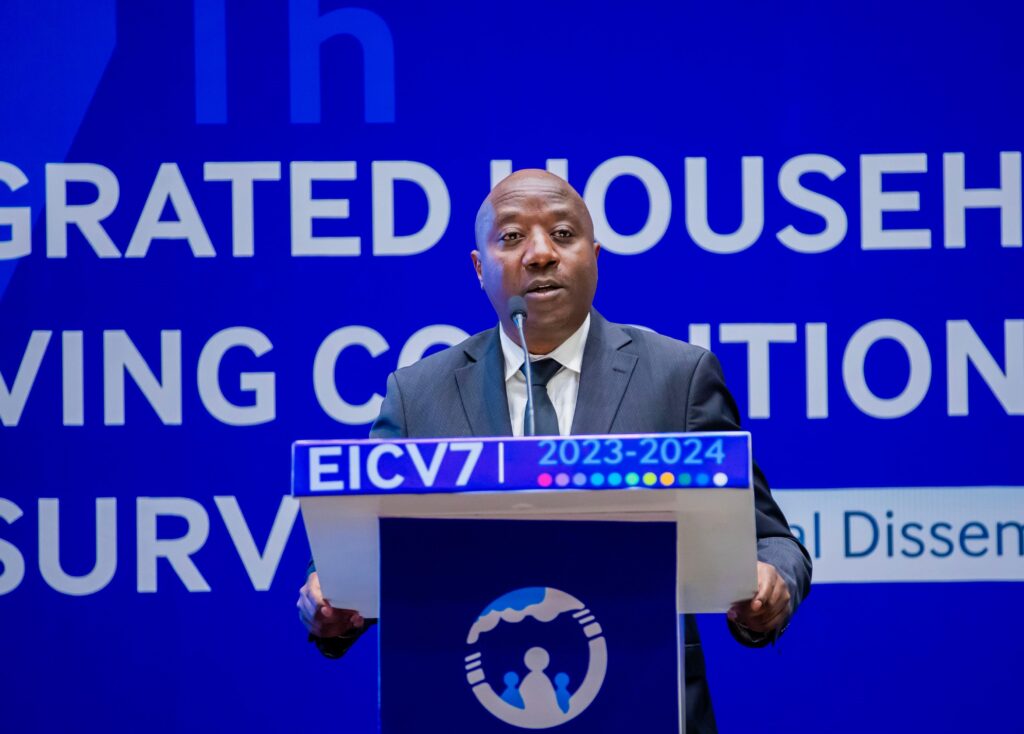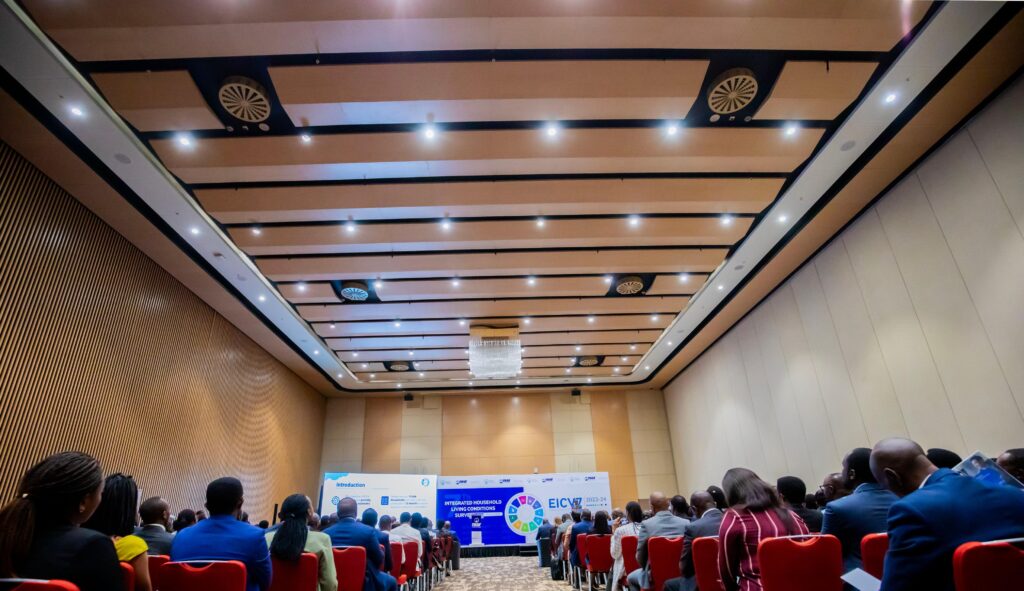More than 1.5 million Rwandans have escaped poverty over the past seven years, according to new government data, with the national poverty rate falling from 39.8% in 2017 to 27.4% in 2024.
The 12.4% drop was revealed in the latest Integrated Household Living Conditions Survey (EICV7), released Wednesday by the National Institute of Statistics of Rwanda (NISR).

“This is not just a report,” Prime Minister Édouard Ngirente said at the launch. “It shows where we have come from, and the progress we are making toward a better future.”
The survey, conducted every three years, tracks changes in household welfare and poverty levels. It found that poverty remains highest in the Southern and Western provinces, with Nyamagabe District recording the highest poverty rate at 51.4%, followed by Gisagara at 45.6% and Rusizi at 44.2%.
Sixteen districts, however, were found to have poverty levels below the national average, with Nyarugenge District in the capital Kigali reporting the lowest rate at 6.8%.
Officials attribute the nationwide decline in poverty to a mix of targeted social programs, job creation, and investment in key sectors such as agriculture and manufacturing. Government-supported school feeding programs and public health initiatives have also helped ease pressure on poor households.

Prime Minister Ngirente said the gains reflect the success of the first phase of the National Strategy for Transformation (NST1), implemented over the past seven years.
“This progress was largely driven by government investment and the support of development partners,” he said. “Our long-term focus on improving livelihoods has lifted millions of Rwandans and created opportunities for employment and income generation.”
He also noted that Rwanda’s strong recovery following the COVID-19 pandemic helped open up more jobs—especially for youth entering the workforce.
“Our economic rebound was powered by increased job opportunities, particularly for young people,” Ngirente said.
The government is now implementing a second phase of the strategy, known as NST2, which aims to build on these gains through further investment in human development, economic transformation, and inclusive growth.










